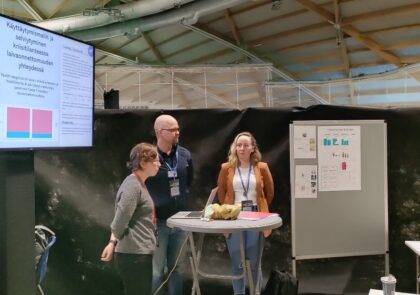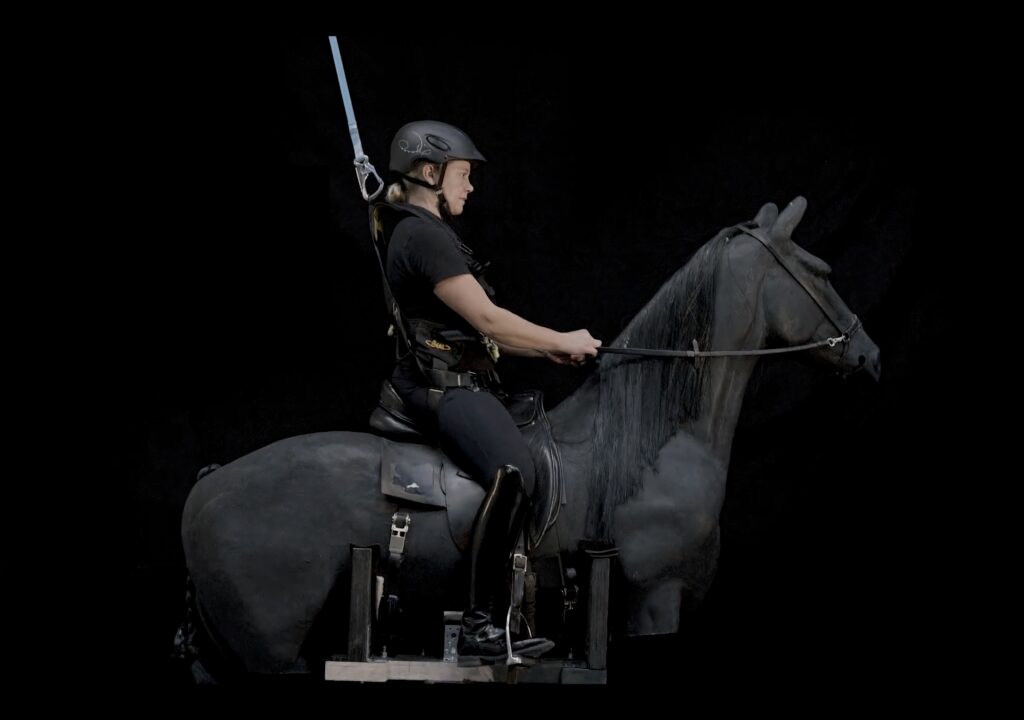
Project Horzim was a two-year (2019-2021) joint commercialization research project with LUT University and LAB University of Applied Sciences. The project was funded by Business Finland ‘Research to Business’ funding instrument. The project investigated novel commercial applications for a fully programmable horse-riding simulator and resulted in technical Proof of Concept & suitable business model ideas for commercialisation. Commercialisation research was the main responsibility area of the LAB. Project main result is in a validated motion platform capable of mimicking individual motions of any real horse.
Author: Alexander Matrosov
Equine simulators have been on the market already for multiple decades. Major flaw of these simulators was the realistic horse motion, which sparked the Horzim project idea. Ability to reproduce real horse complex motion patterns of riding was something that the equine industry eagerly wanted to see. LUT University decade long track record of applying the industrial level hardware into exotic area of horse-riding simulators was a great launchpad for Horzim project. This theme has accumulated visibility & interest in both equine science and horse-riding societies (Saddle Research Trust 2021). Especially in complex motions, a new platform can enable the actual horse-riding learning process (Walker 2018).
Horse riding is a complex & interactive experience between the rider and the horse. The rider needs to have high balance, fitness, flexibility, and coordination skill levels. Communication and training of the horse happen through the four ‘aids’; riders’ posture and weight distribution, riders’ legs position and pressure (for example transitions), riders’ hands are very important (most riders pull too much) and sounds. (Walker 2018, Mäkelä 2020a) Learning balance and interaction is crucial to be able to avoid injuries, 81 % of rider falls lead to medical attention (Mayberry ym. 2007).
In platform development, this meant lots of test measurements from real dressage and show jumping horses, even riders. Before final assembly, multiple motion measurements, simulations and mechanical concepts were researched before the actual motion platform design was sufficient. Extended IPR research was conducted, and new patents were filed. For validation, the team used mathematical motion patterns comparison, multiple academic research materials and most importantly real riders’ feedback with Grand Prix level riding background, as riding is a very individual experience and math is not always straightforward. Few interesting discoveries were made, for example, high-level horses have only limited capability for jumps and riders tend to overuse their horses for the competition which leads to underachievement (Larson 2014). Now it could be possible to capture one valuable jump and the rider could practise it letting the horse to rest optimally. Below is an image of simulated motion analysis during the early platform planning stage.
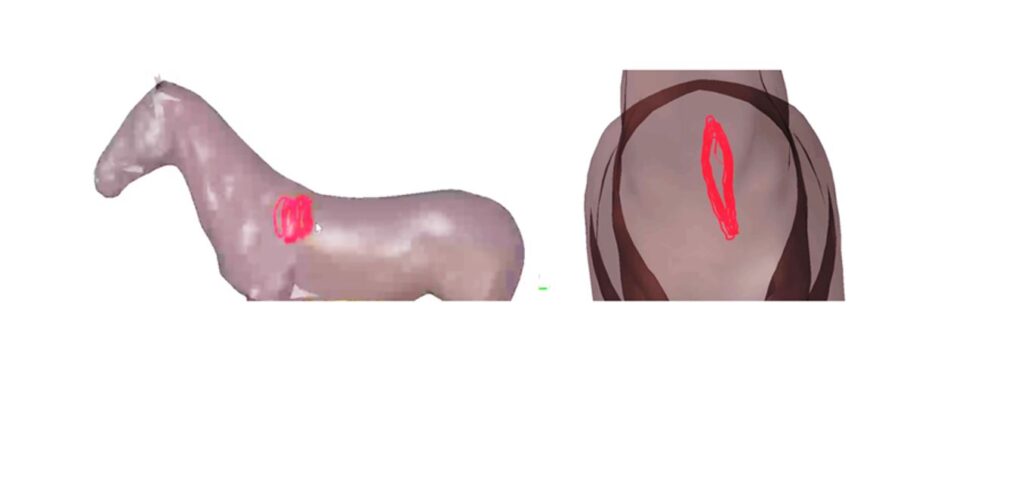 Image 1. Engineering CAD models were used in motion analysis simulations and mechanical design. (Image: Ivan Kulagin)
Image 1. Engineering CAD models were used in motion analysis simulations and mechanical design. (Image: Ivan Kulagin)
Testing the concept was a big part of the final stages, including multiple minor failures. Teams’ years of experience in advanced robotics and mechatronics made it possible to successfully overcome minor delays and even effects from COVID19. High performance platform required high-grade components; multiple options were tested before the final ones were safe enough to proceed to demanding jump testing. Whole team was already used to using modern 3D tools and remote meetings. This was a great example of LUT Group’s ability to adapt to new situations.
Horse simulator riding differs greatly from real horse riding as the simulator is moving up and down whereas the horse keeps moving forwards. To be able to mimic horse motion realistically human body realities must be considered. In Horzim, motion is captured and repeated through the platform, which differs greatly from existing simulators and capturing methods. To be able to convince the human brain of motion, the visualization should be in place, this can be achieved by some gaming environment on the widescreen monitor and in the future in VR. For VR to work, technology must advance on the level with a very minimal level of the delay as it will otherwise cause nausea and headache. (Eskola 2009)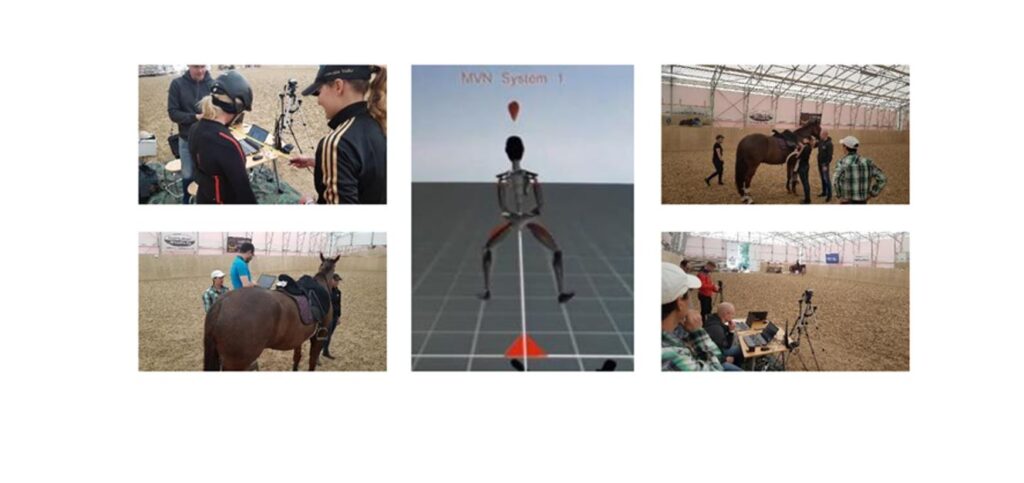
Image 2. Rider and horse motion data capture using Xsens body suit & saddle sensors. (Image: Alexander Matrosov)
The project biggest challenge was to prove the realistic effects on the rider from a novel motion platform, few test rides were possible to arrange due to active team. The project team included highly qualified skillsets in both physiotherapy and horse riding. Based on analysis (Xsens suit) and simulator tests, results showed great promise, for example, pelvis movement during the horse riding and simulator tests was very similar. (Mäkelä 2020b) Other studies also concluded that riding the horse simulator affected human brain activity similarly, the more realistic horse motion the more similar effect. Possibly, a more realistic platform may highly improve the treatment of conditions like cerebral palsy with simulated hippotherapy. (Byzova et al. 2020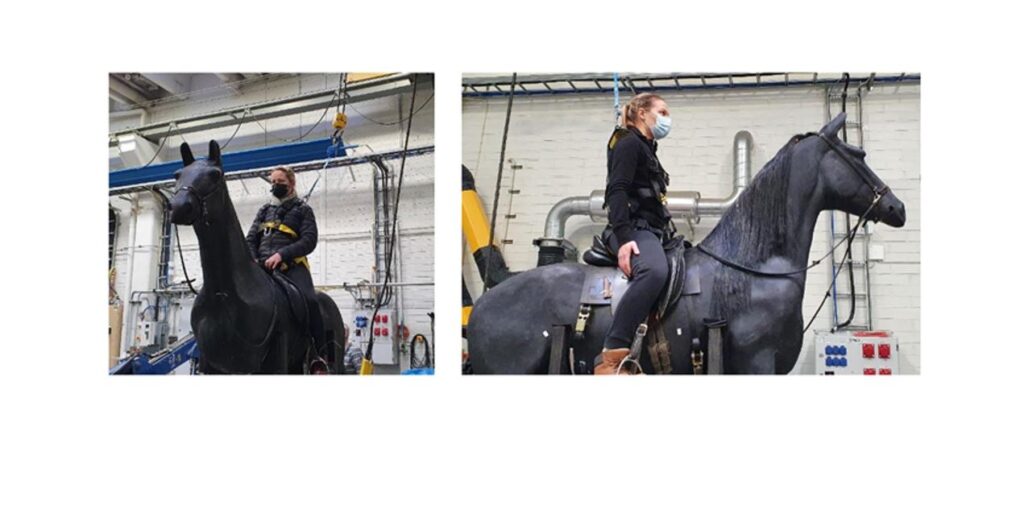
Image 3. Simulator riding tests with horse-riding and physiotherapy expertise. (Image: Alexander Matrosov)
Other valuable feedback for validation came from projects steering group members & their networks, who were able to come on-site and test the simulator. The best feedbacks were the availability of ‘lazy mood from my horse’ and even the capability to recognize certain breed from which motion was captured. Project successfully provided novel means & tools to capture any horse motion and reproduce it through the motion platform. Of course, there would have to be further product development stage to create a commercial product.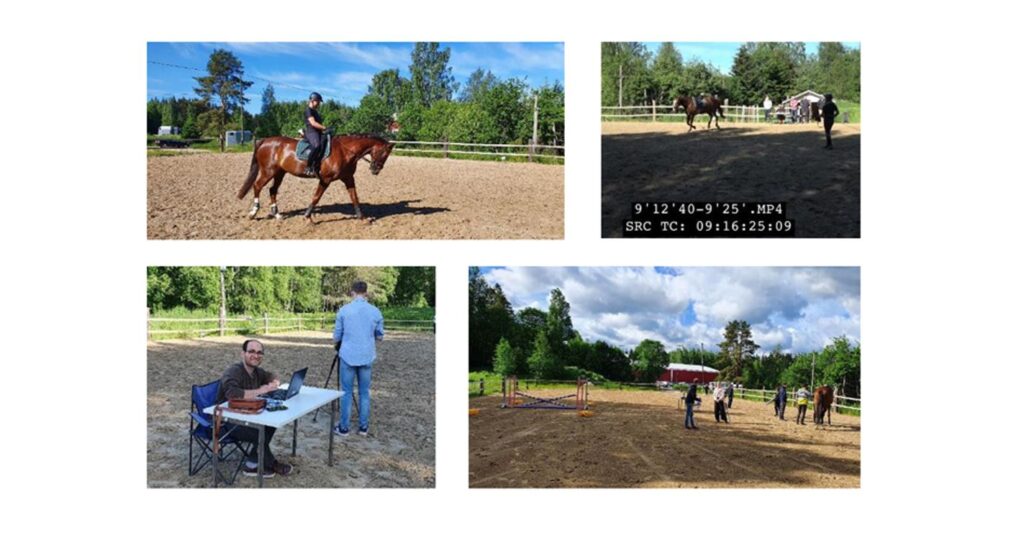
Image 4. Jump motion capture session, lots of materials to analyse afterwards (Image: Alexander Matrosov)
What comes next?
Realistic jump capability and positive feedback was an excellent basis for new commercial opportunities, which is something Business Finland Research to Business tries to achieve. A freely programmable & flexible innovative novel state of the art motion platform PoC is a crucial advancement in comparison to commercially available products which tend to use simply limited mechanisms, not at all mimicking real horse motion.
Based on the market research results and finding this simulator has also very good commercial value and potential. The declining equine industry is also eager to go digital and wants to rejuvenate, following many industrial IoT monitoring trends, which makes robotic horse motion platforms a very interesting add-on to the equestrian market. The equine market is estimated to generate over 300$ Billion annually, which comes from multiple value chain activities (Elliot 2019). Big growth markets lie in Asia where horse riding has begun to interest new middle- and upper-class riders. Simulators place in the ecosystem could even take a 1% share, although the main thing will always remain to ride a real horse and simulation could offer supporting function for the riders. Also, the relatively higher price will limit the potential market.
| Europe | UK | US | China |
|---|---|---|---|
| Annual economic value €52.1 billion | Annual economic value £4.7 billion | Annual economic value $39 billion | Annual economic value $1.5 billion |
| Thousands of riding schools | 1 407 riding schools | Over 2 million horse owners | 2 160 riding clubs and schools |
| Millions Regular riders | 1,8 million Regular riders | 4,6 million Active riders | 1 million Active riders |
Table 1. Horzim – project market research summary of equestrian market potential. Various sources. (LAB 2021)
With the new concept, it would be possible to create a safe & tailored environment for many users like beginners, Olympic level athletes, hippotherapy, possibly even many others. In addition, a big aspect for the equine industry is horse welfare. For example, pain issues or overly using reins may inflict psychological effects on the horse, which could be improved by giving proper instructions to the riders via simulator interface. Of course, it is not expected to overcome traditional training, platform increases number of opportunities for training. In the future, it is also possible to develop a method to track & improve riders’ progression through AI (Artificial Intelligence) coaching.
References
Byzova, A., Hekmatmanesh, A., Roozbahani, H. Handroos, H., Hakansson, N. & H. M. Lankarani. 2020. Real-Time Human Body and Brain Monitoring During Horseback Riding Simulator by Means of Inertial Motion Capture and EEG Systems. IEEE Access, Volume 8, pp. 162163-162171. Cited 26.1.2022. Available at https://urn.fi/URN:NBN:fi-fe2020091669737
Elliot, S. 2019. THE EQUINE INDUSTRY: A GLOBAL PERSPECTIVE. Cited 1 August 2021. Available at https://www.equinebusinessassociation.com/equine-industry-statistics/
Eskola, R. 2009. RATSASTUSSIMULAATTORIN JATKOKEHITYS. Lappeenranta: Lappeenrannan teknillinen yliopisto.
LAB-ammattikorkeakoulu, 2020. Horzim – realistisen hevossimulaattorin kaupallistamisen valmistelu. Cited 1 August 2021. Available at https://www.lab.fi/fi/projekti/horzim
LAB University of Applied Sciences. 2021. LAB Market research summaries. Lappeenranta: LAB University of Applied Sciences.
Larson, E. 2014. Factors Influencing Jumping Horses’ Performance Reviewed. Cited 1 September 2021. Available at https://thehorse.com/149906/factors-influencing-jumping-horses-performance-reviewed/
Mayberry, J., Pearson, T., Wiger, T., Diggs, B. & Mullins, R. 2007. Equestrian injury prevention efforts need more attention to novice riders. The Journal of Trauma, Injury, Infection and Critical Care. Vol. 62 (3), 735-739.
Mäkelä, E. 2020a. Riders and saddle motion analysis. Lappeenranta: LAB University of Applied Sciences.
Mäkelä, E. 2020b. Simulator requirements – biomechanics analysis, Lappeenranta: LAB University of Applied Sciences.
Saddle Research Trust. 2021. State-of-the-art riding simulator to be unveiled at Saddle Research Trust Conference. Cited 1 December 2021. Available at https://www.saddleresearchtrust.com/state-of-the-art-riding-simulator/
Walker, A. 2018. SRT2018 Workshop Proceedings, Equine simulators: Applications, Perceptions and Limitations. Cited 1 August 2021. Available at https://issuu.com/emipbirch1/docs/workshop_proceedings_final_6
Author
Alexander Matrosov managed the joint Horzim project at LAB University of Applied Sciences. Main activities in the project were research tasks related to identifying proper commercialization pathways and also cooperation between different stakeholders.
Illustration: Chris Denholm
Published 27.1.2022
Reference to this article
Matrosov, A. 2022. Horzim Project- results & conclusion. LAB Pro. Cited and date of citation. Available at https://www.labopen.fi/lab-pro/horzim-project-results-conclusion/





